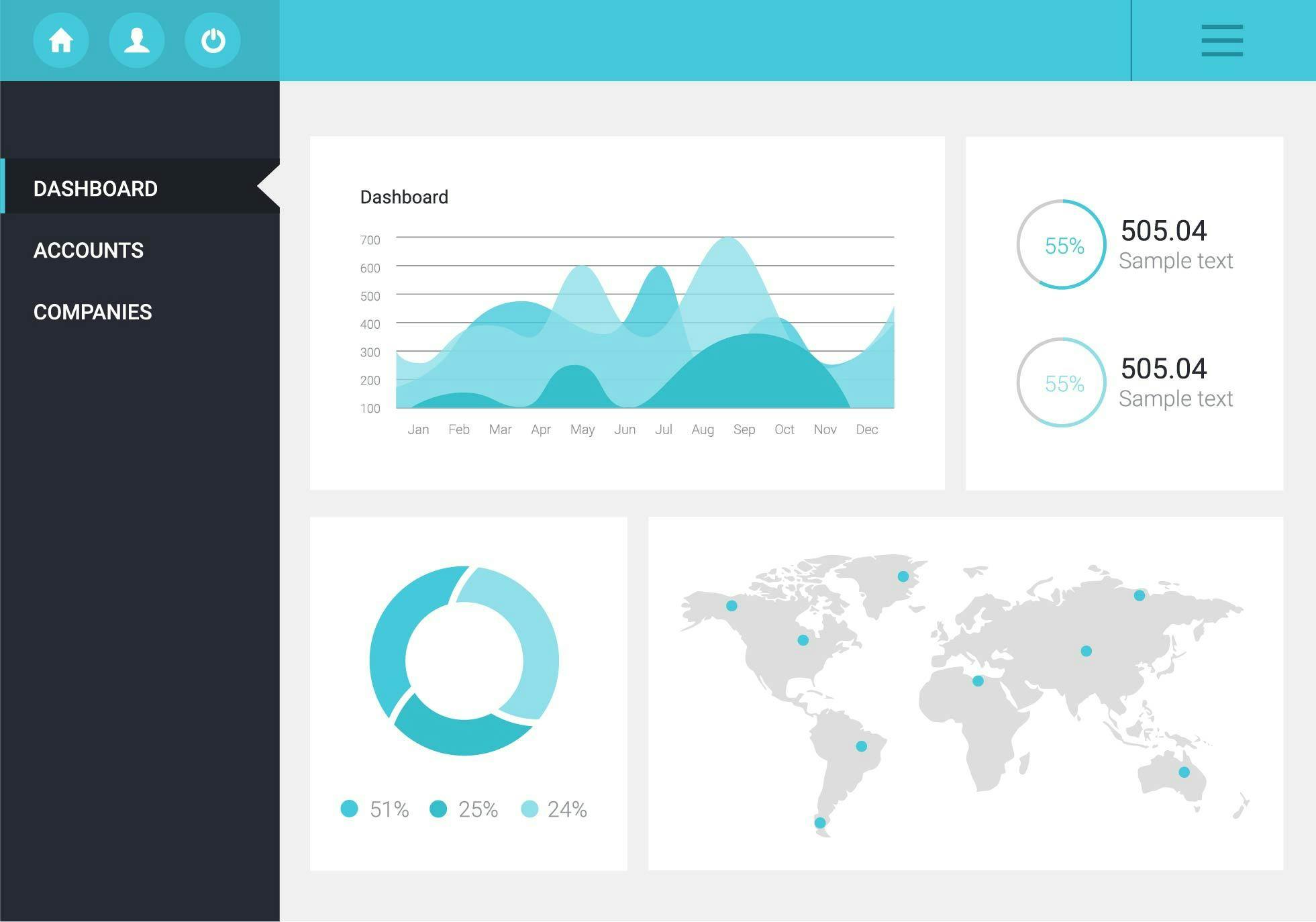In this era of people analytics, many HR leaders feel they ought to be producing dashboards. The problem is that they don’t know why — and that is one heck of a big warning sign. I’ll keep this brief, but here are a few headlines on how not to mess up dashboards.
Cautions
- You need to be clear if a dashboard is really a kind of pretty report or if it is intended to be a sophisticated analytical tool for investigating data. There is no clear dividing line between the two uses, but at the extreme they are very different.
- You need to be clear about how often the data changes. There is a world of difference between a dashboard that shows hours of overtime (which changes daily) and a dashboard that shows engagement scores (which might only be updated every two years).
- Managers usually don’t know what data they need or how they will use it. Simply asking them what they want often leads to creating dashboards no one uses.
- What seem like fairly simply requests for data can be much, much, much harder than they look. It can take 100% of your resources to produce the data for a few dashboards (and reports) leaving no time for more valuable analytics.
The one key to success
The one question you need to answer conclusively for every piece of data displayed in a dashboard is “What action will this data cause?”
For example, in an automobile dashboard if the Fuel Metric falls below ¼ of a tank you will buy gas at the next convenient opportunity and if the warning light flashes you will make buying gas the top priority.
With HR dashboards, when we ask managers, “What action will this data cause?” we often get vague responses along the lines of “It’s nice to know.” That is not good enough. Dashboards can suck up the very limited resources of the analytics team so you need to ruthlessly push to find out if there really is a very good reason for people to have this data on the dashboard.
The other key to keep in mind
People analytics is a long game and we are in the early days. It’s a hard road to a world of clean data, integrated databases, knowledgeable users and a mature people analytics team. Have a road map, set reasonable goals, and say “no” often enough so that you can stay focused on the top priorities.
Special thanks to our community of practice for these insights. The community is a group of leading organizations that meets monthly to discuss analytics and evidence-based decision making in the real world.
